English poet and author Geoffrey Chaucer is credited with the phrase “all good things must come to an end.” Chaucer’s words from Troilus and Criseyde ring especially true today for Porsche fans, some 640 years later. The 991 series, the most commercially successful generation of the Porsche 911, is ending. The final variant, a 911 Speedster bound for the United States, rolled off the assembly line recently in Baden-Württemberg, Stuttgart.
At The Drawing Board
Before its 2011 debut, the 991 generation was viewed by Porsche as a massive undertaking. Nearly 90 percent of the components were either brand new or subjected to further, more rigorous development. Porsche’s leadership focused on cutting fat through an involved benchmarking process that saw, for the first time, a 911 weighing less than its predecessor. The unique aluminum-steel composite body deserves much of the credit.
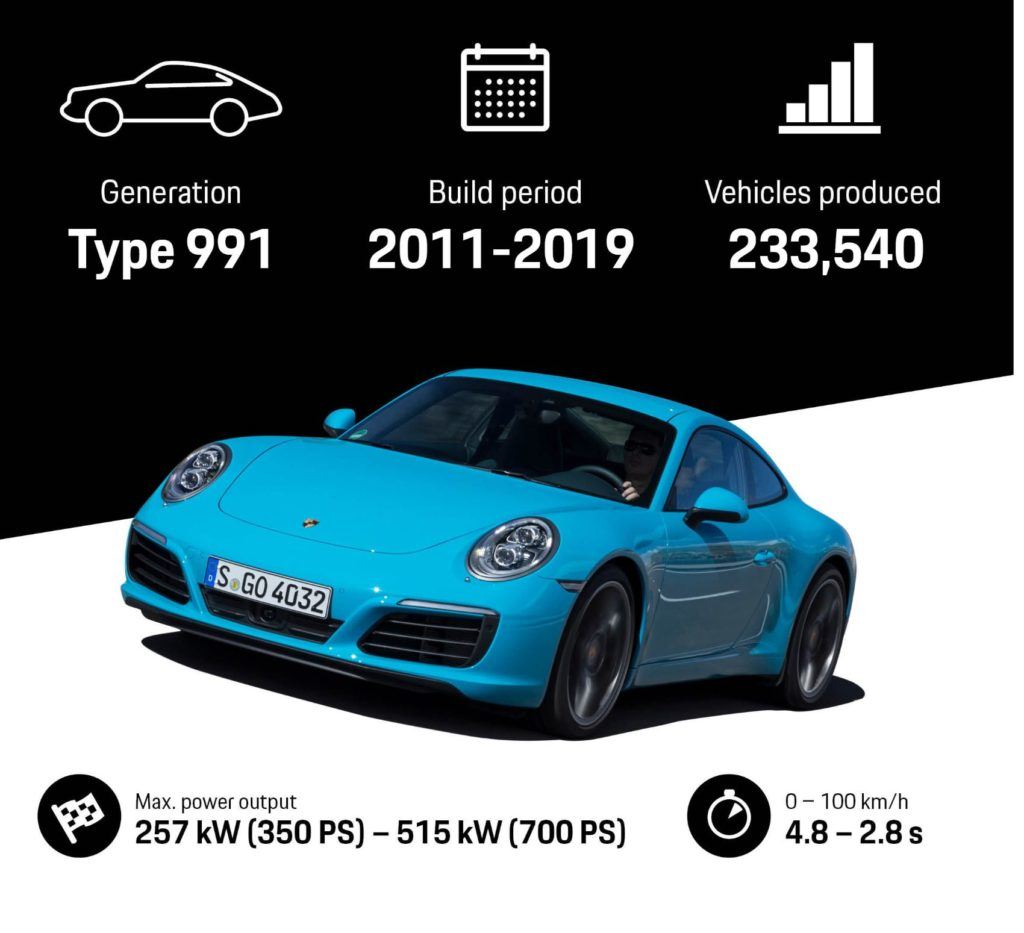
Essential Foundations
At the time, Porsche’s Dynamic Chassis Control (PDCC) was a key element of the Cayenne and Panamera. The technology is, as Porsche describes, an anti-roll system that suppress lateral body movement during cornering. PDCC also helps a given vehicle remain stable over choppy or uneven pavement. For Cayenne and Panamera buyers, this meant a more composed and comfortable ride; a good and worthwhile benefit – but slapping PDCC on a 911?
Not so fast.
PDCC is standard today on all 911 Turbo S models, but prior to 2011, there was simply no room. The Cayenne and Panamera could house it with their larger architectures. The 911 not so much. Chassis concerns aside, there was what one might call a philosophical argument, or the “we are going to do what?!” discussion.
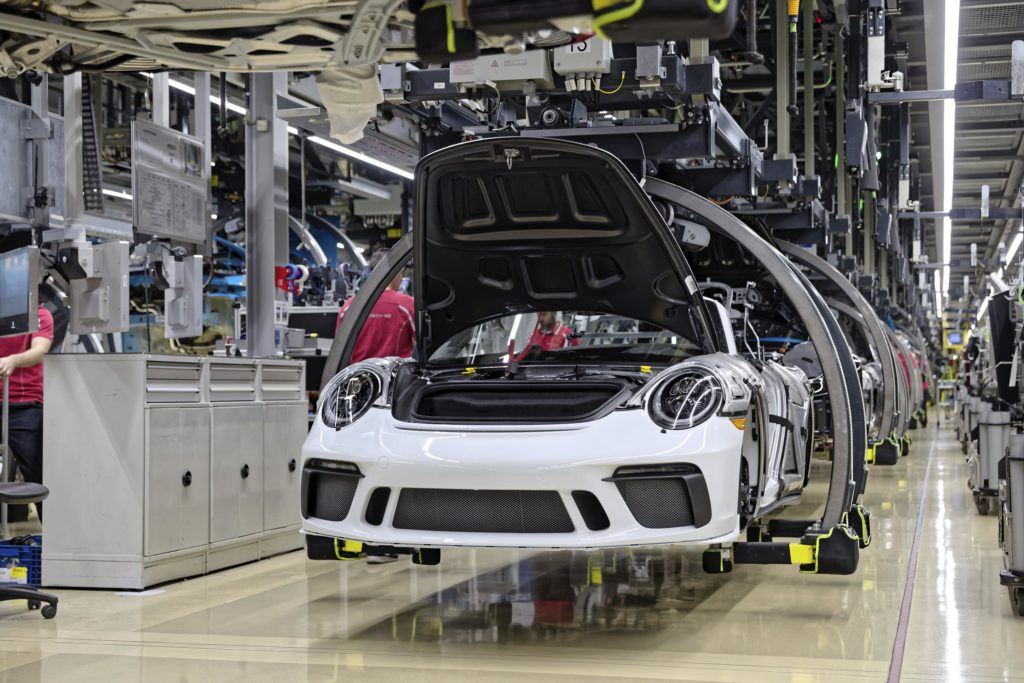
Longer, Wider & Faster
Author Randy Leffingwell, one of the most respected automotive historians today, documents this in his book Porsche 911: 50 Years. Beginning on page 179, August Achleitner, the 911’s longtime Chief Engineer, recounts the internal conversations to Leffingwell over the inclusion of PDCC. In so many words, Porsche’s engineers could not believe they were seriously considering Cayenne technology for the 911.
Achleitner reveals that, as far back as 2006, they batted around the idea of a longer chassis. At the time, Porsche was developing their PDK transmissions, and there was some thought a longer wheelbase would be necessary. Although considered, the 997 generation didn’t see the wheelbase increase when it hit the market. However, Achleitner did, as Leffingwell writes, “file the idea away” for a later date.
Fast forward to 2011 for the dawn of the 991 generation. The 911’s wheelbase has now grown four inches, enough for PDCC to take up residence. To say the longer wheelbase merely accommodated PDCC, however, is only part of the story (and Leffingwell tells it wonderfully in his book!) The 991’s longer wheelbase and wider track meant the new generation was faster around the Nürburgring than the 997; 14 seconds faster to be exact, but as Achleitner tells Leffingwell in Porsche 911: 50 Years “only four of those 14 come from PDCC.”
The longer wheelbase and wider track made up the additional 10 seconds.
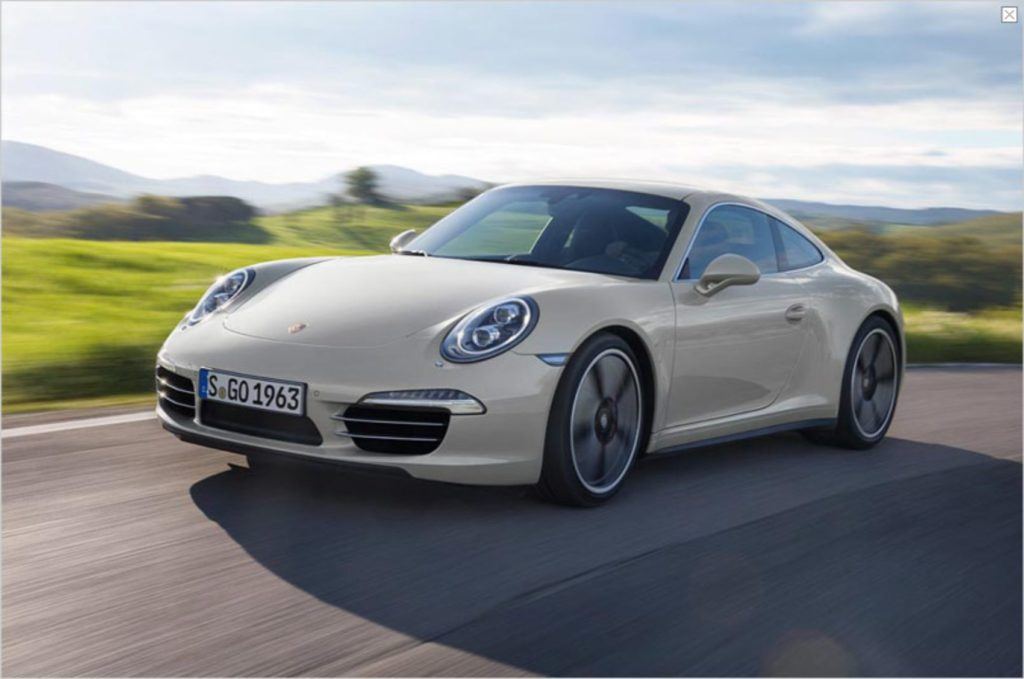
991 Generation: An Ideal Platform
The Cabriolet followed in the spring of 2012 with a distinct character trait that might be easy to overlook. Despite being a convertible, the magnesium bows made it possible to achieve a more contoured, seamless and ultimately, coupe-like curve for the roof. Near the end of 2012, the 911 Targa arrived. Like the original Targa, the new one retained the signature “wide hoop” instead of B-pillars. The top section of the roof could be moved automatically and stored in the rear.
In September of 2013, Porsche showcased a 50th anniversary edition of the 911 at the International Motor Show in Frankfurt. This special 911 was a rear-drive coupé with a flat-six engine that made 400 horsepower. Only 1,963 were made in accordance with the car’s 1963 debut. Given the 911’s stature and legacy, a special edition was fitting for the golden anniversary, if not outright expected. What may not have been anticipated, however, is how well the 991 generation lent itself to special models. By Porsche’s own admission, it was the ideal platform.
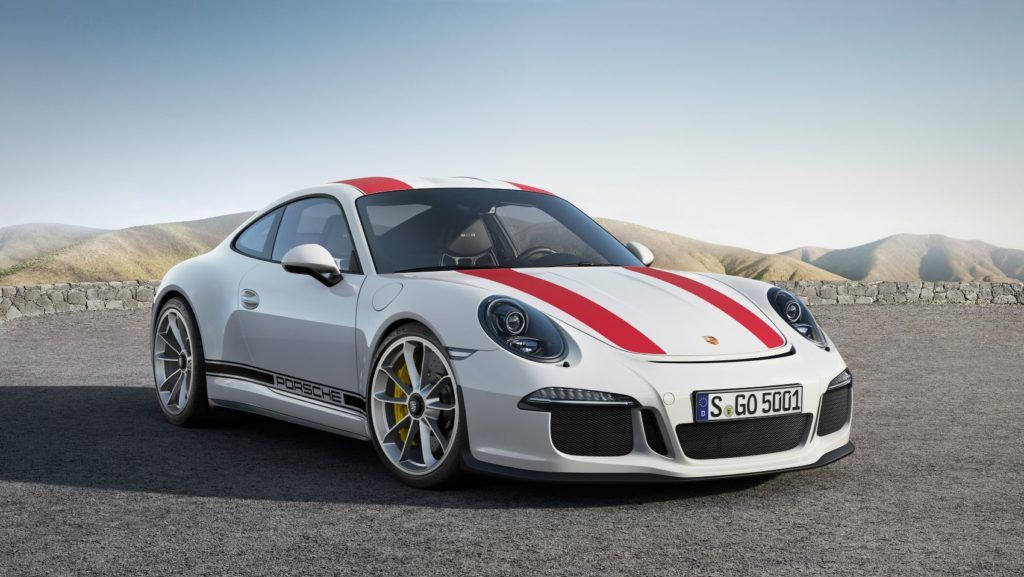
Off To The Races
At the Geneva Motor Show in March of 2016, the 911 R was the belle of the ball. This special 911 had only the bare essentials: everything that wasn’t absolutely needed was tossed overboard. The 911 R, which payed homage to its 1967 predecessor, had to be light (and it was at 3,020 lbs.). The back seat was pitched, along with the air conditioning and radio. Porsche’s Ceramic Composite Brakes stayed put. And there was that four-liter, naturally-aspirated flat-six engine that pumped out 500 horsepower.
Two other purist sports cars with classic predecessors made their debut a year later: the 911 Carrera T and the 911 GT3. In 2017, Porsche also unveiled the 700-horsepower 911 GT2 RS. As 2018 arrived, the 911 GT3 RS demonstrated just how far Porsche could go in terms of engineering and design. The front and rear fascias of the GT3 RS were polyurethane, whereas the front trunk lid and fenders were carbon fiber. The roof was magnesium. A four-liter, naturally-aspirated flat-six engine delivered 520 horsepower and 346 lb-ft. of torque and could tolerate a red line of 9,000 rpm.
Translation: light and fast.
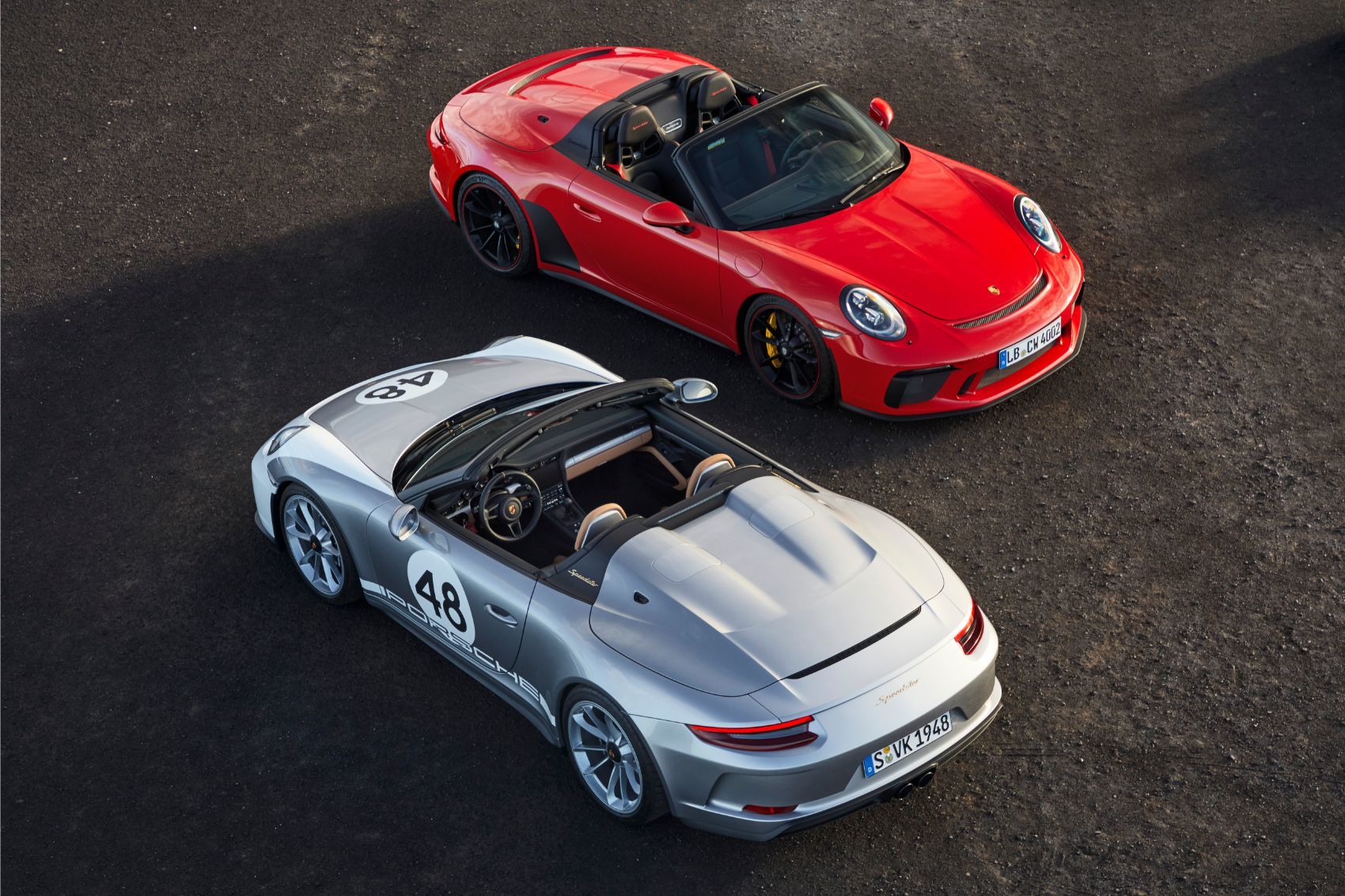
Bittersweet Symphony
At the end the 991 generation stands the 911 Speedster, sharing the same impressive red line as the GT3 RS. The naturally-aspirated, four-liter flat-six engine strikes again, this time with 502 horsepower and 346 lb-ft. of torque. Living up to its Speedster name, the two-seater hits 60 mph in 3.8 seconds and tops out at 192.
Now it seems the 991 generation rides into the sunset just as quickly as it arrived. The current 911 Speedster is the last of the 991 generation to see production, but a model fitting enough to carry the final torch for the most extensively developed 911 in history. Like its ancestor, the 1948 356 No. 1 Roadster, Porsche says the 911 Speedster will become an ambassador of the brand. Still, it’s a bittersweet final chapter for fans and employees alike.
“The 911 replaced the 356 in 1963 and, in the decades that followed, our rear-engine model grew into an unrivaled sports car icon. The 991 generation in particular has set new standards in terms of performance, drivability and efficiency,” explained Michael Steiner, Chief Research and Development Officer, Porsche AG. “It fills me with pride, as well as a touch of sadness, to have to send it off into retirement. For myself, I can say that the 991 has given me enormous pleasure.”
Carl Anthony is Managing Editor of Automoblog and resides in Detroit, Michigan. He serves on the Board of Directors for the Ally Jolie Baldwin Foundation, and is a member of the Midwest Automotive Media Association and the Society of Automotive Historians. Anthony has worked in experiential marketing roles for Fiat Chrysler Automobiles, Ford Motor Company, General Motors, Mercedes-Benz, Honda, Volvo, and Local Motors over the years.
Porsche 911 Through The Years Gallery
Photos, Graphics & Source: Porsche Cars North America, Inc., Porsche 911: 50 Years by Randy Leffingwell, published by Motorbooks, October 2013.
Original article: An Era Ends: Final Porsche 911 From The 991 Generation Assembled
from Automoblog https://ift.tt/39zVWPY
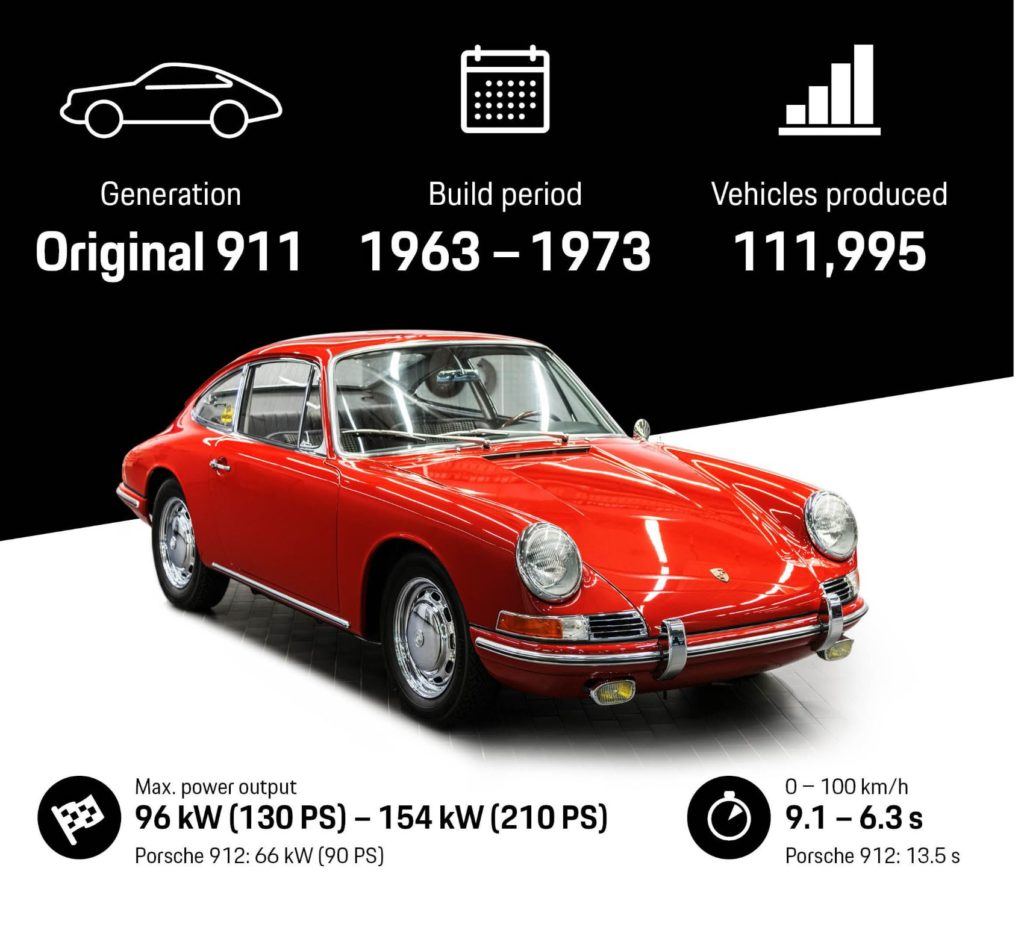
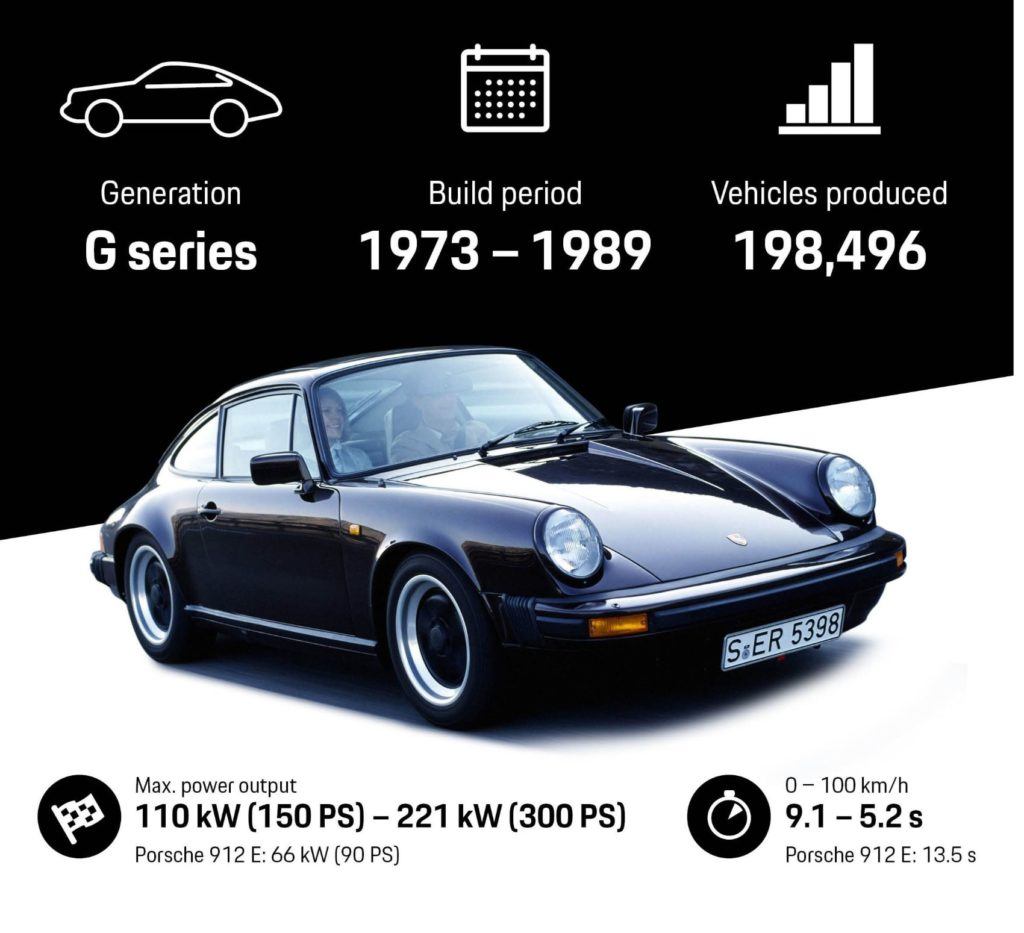
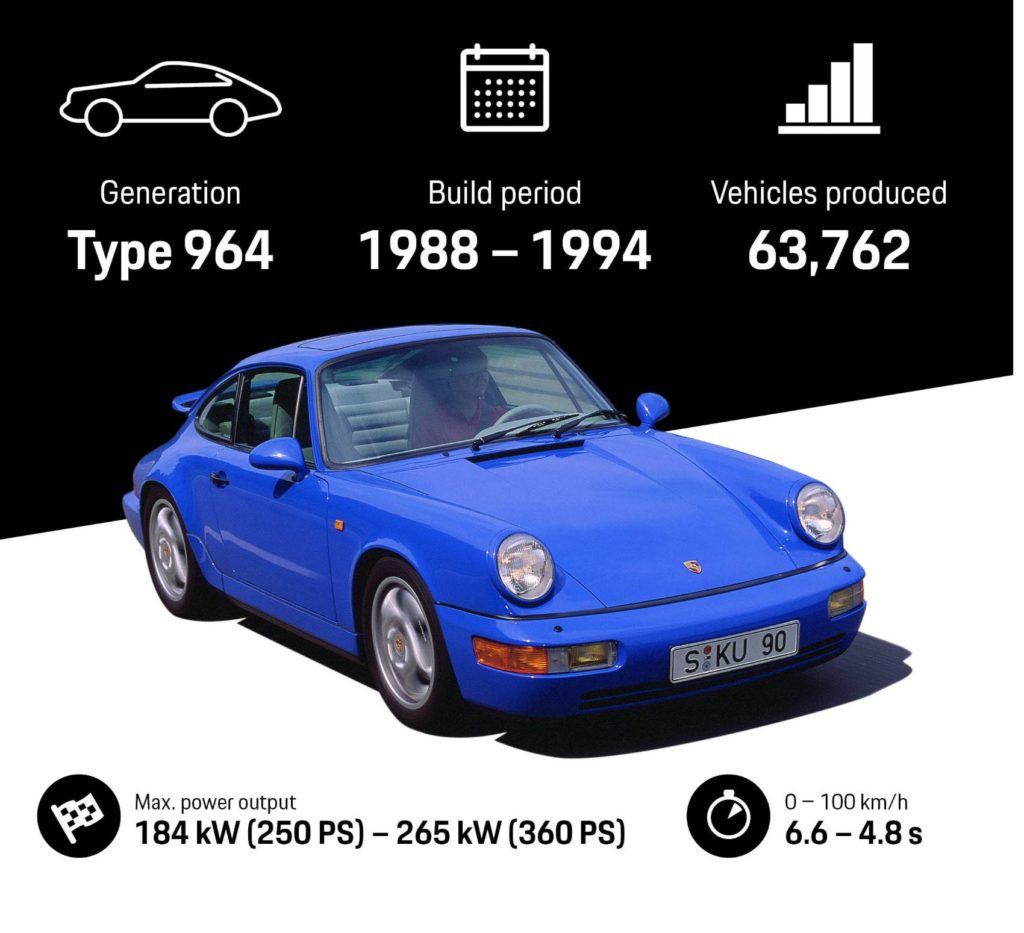
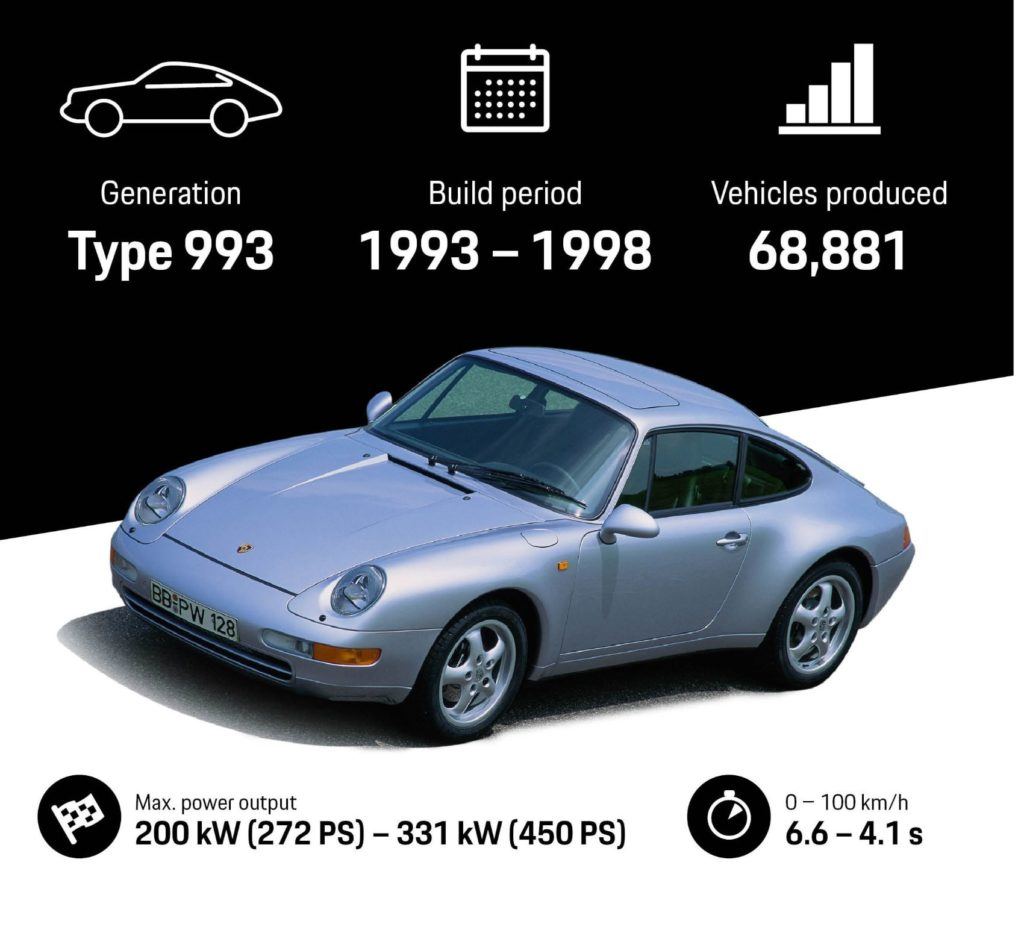
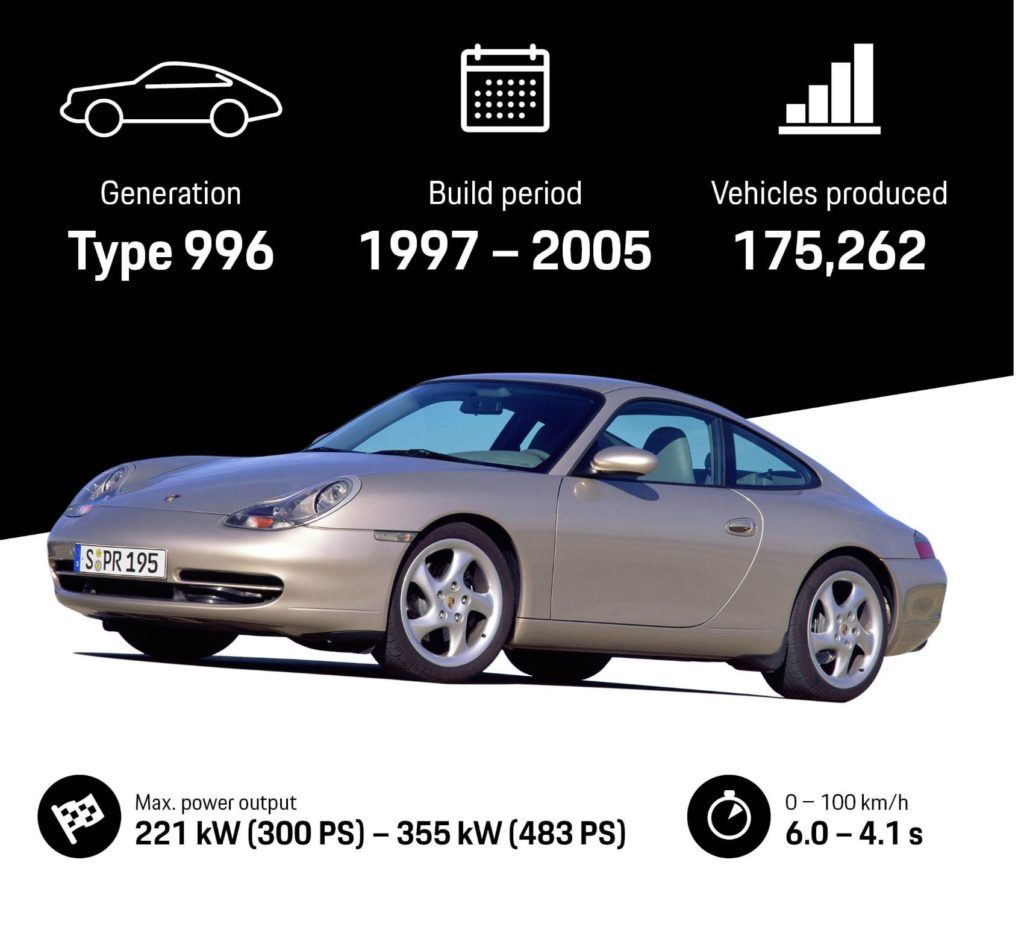
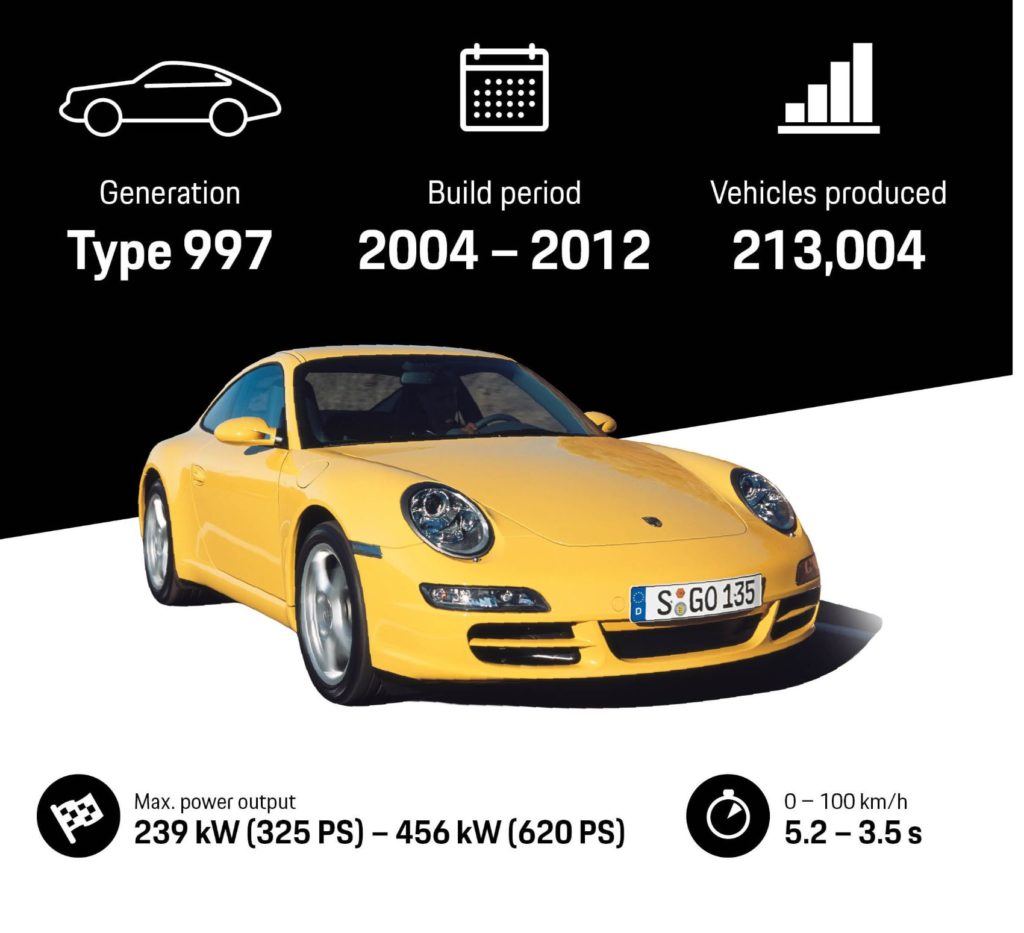
No comments:
Post a Comment